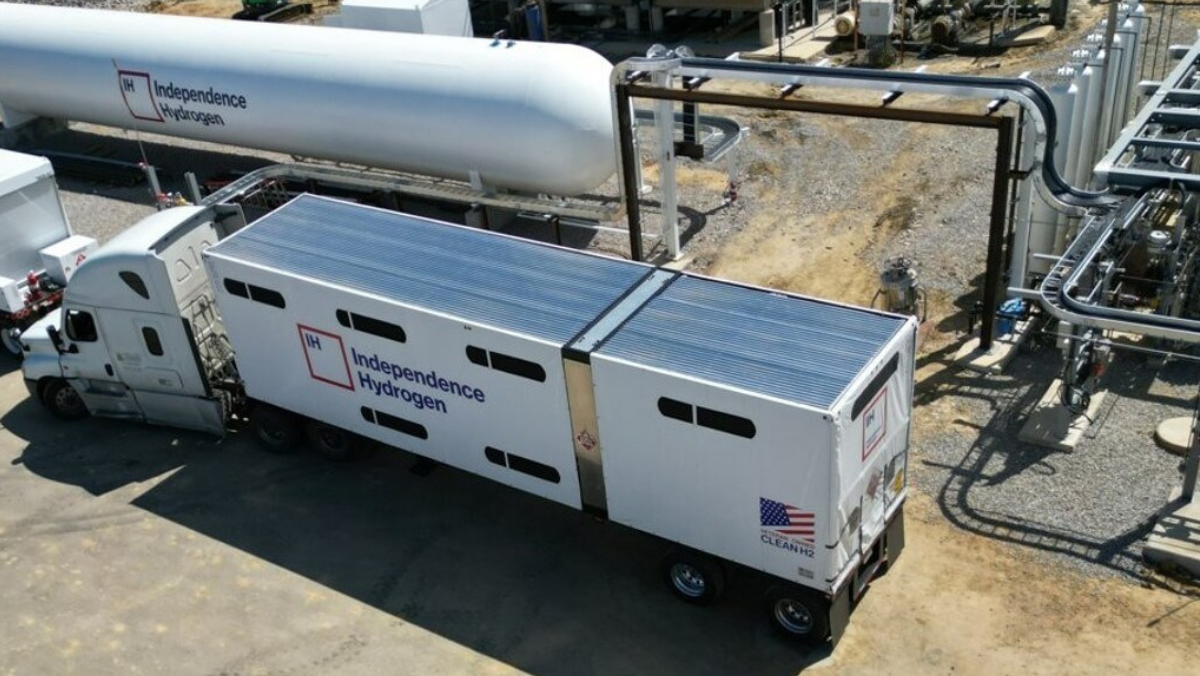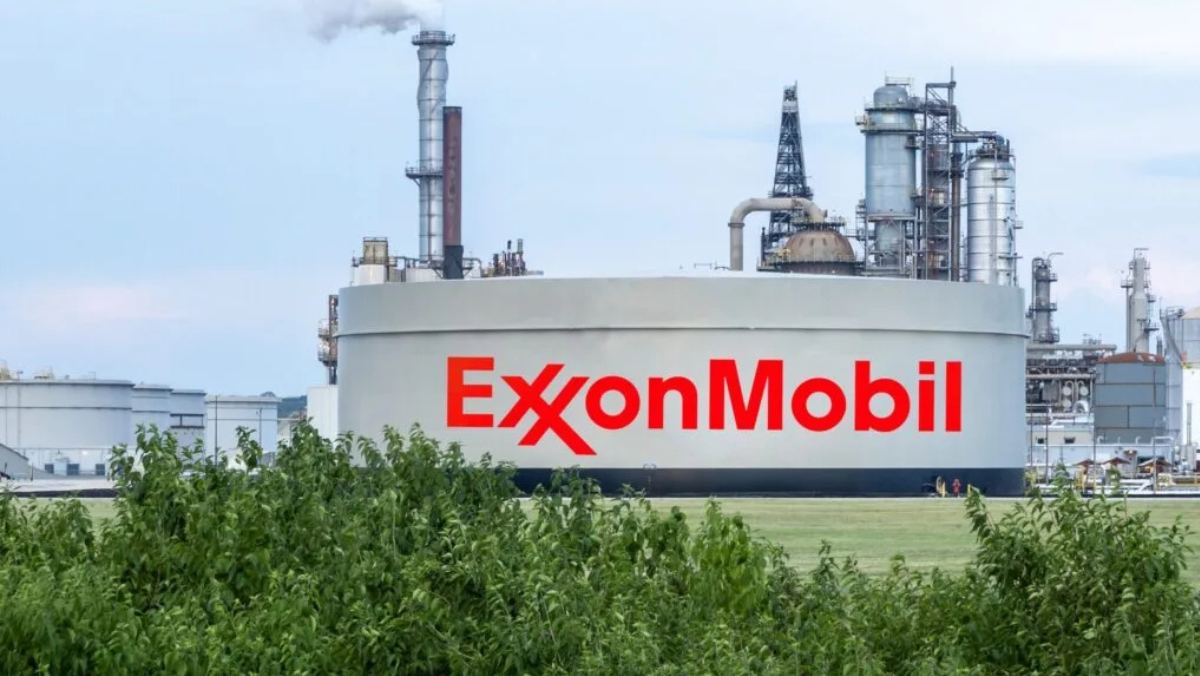REGULATORY
US Rewrites Hydrogen Rules, Tightening Carbon Limits
New 45V tax credit offers up to $3/kg for verified low-carbon hydrogen, forcing power sourcing shifts and stricter emissions monitoring
24 Jan 2025

The US Treasury has finalised its Section 45V guidelines, offering up to $3 per kilogram in tax credits for low-carbon hydrogen, provided producers meet strict new emissions standards. The rule, issued in early 2025, ties incentives to independently verified lifecycle emissions, effectively transforming hydrogen from a theoretical decarbonisation tool into a closely regulated commodity.
Hydrogen made using fossil fuels, such as natural gas, will only qualify for the highest credit tier if paired with carbon capture. Meanwhile, projects relying on renewable energy must comply with new requirements that link hydrogen production to time-matched clean electricity use. The rules are pushing producers to secure dedicated power purchase agreements and install real-time emissions tracking systems.
“This is a pivotal moment for clean energy,” said a senior analyst at Wood Mackenzie. “We’re moving from paper targets to measurable performance, and that shifts every investment decision.”
Developers including Air Products and Plug Power are reworking project timelines and financing strategies to align with the new criteria. Offtake agreements are under review, and partnerships with wind and solar producers are increasing. At the same time, updated emissions reporting rules from the Environmental Protection Agency aim to reduce greenwashing and improve investor confidence.
While critics in fossil-fuel-heavy states warn that the new standards could delay projects, supporters argue they are essential for the US to establish credibility in global hydrogen markets. The government has positioned transparency and emissions integrity as prerequisites for public subsidies.
Analysts say the winners in the new regime will be producers who quickly integrate clean energy sources, adopt advanced monitoring tools and maintain open data access for third-party verification. Those unable to meet the benchmarks risk falling into lower credit tiers or losing access to federal incentives altogether.
Section 45V marks a shift in federal hydrogen policy. The government’s approach, favouring verified decarbonisation over broad classifications, sets a high bar for international peers. For the US hydrogen sector, long reliant on loosely defined targets, the path forward is now clearer but steeper.
Latest News
17 Dec 2025
Why Smaller Hydrogen Networks Could Drive Bigger Gains15 Dec 2025
Inside the Hydrogen Playbook Accelerating US Projects11 Dec 2025
Why Hydrogen’s Big US Push Just Slowed Down4 Dec 2025
Uncertain Future for America’s Hydrogen Dreams
Related News

INNOVATION
17 Dec 2025
Why Smaller Hydrogen Networks Could Drive Bigger Gains

INVESTMENT
15 Dec 2025
Inside the Hydrogen Playbook Accelerating US Projects

MARKET TRENDS
11 Dec 2025
Why Hydrogen’s Big US Push Just Slowed Down
SUBSCRIBE FOR UPDATES
By submitting, you agree to receive email communications from the event organizers, including upcoming promotions and discounted tickets, news, and access to related events.